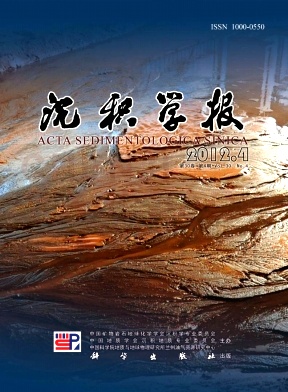Rectification Study of Particle Analysing Result Between Laser Instrument and Sieving Method
- Publish Date: 2012-08-10
-
Key words:
- grain size analysis /
- laser method /
- laser particle analysis /
- sieving method /
- rectification /
Abstract: Laser method analysis and sieving method analysis,as two of the most common methods used in granularity analysis of sedimentary geology,data conversion and rectification among them is a constantly encountered and inevitable question when doing data comparison and connection. This paper designed two experiments for this.The first experiment contrasted analysis results of the two analysis method of narrow granularity range samples, made statistics on the larger amplitude of sieving to laser method,and puts forward a correction method.The second experiment analysed samples of different psephicity,studied correlativity of psephicity and the diffenrence degree between the two analysis methods,regard the rectify method proposed by the first experiment is suitable for granularity analysis and rectify of natural sediments in general conditions. The article illustrated the rectify result of the proposed calibration method and discussed the problems exsiting in the method of laser granularity. When the laser granularity method used in natural sediment granularity analysis, resultly obvious graduation,normalize,petronas merger phenomenon,distorted real granularity distribution are commonnly seen. The paper argued that the specific conditions of actual samples are far more complex than the set conditions of Mie theory,sample parameters with condition not brining into the calculation process,so granularity solution of laser method is not accurate.Better data rectification method need the software and hardware improvements of laser particle analyzer.There are still some questions need to be discussed of the laser method used in granularity analysis of natural sediments.
| Citation: | Rectification Study of Particle Analysing Result Between Laser Instrument and Sieving Method[J]. Acta Sedimentologica Sinica, 2012, 30(4): 716-723. |






 DownLoad:
DownLoad: